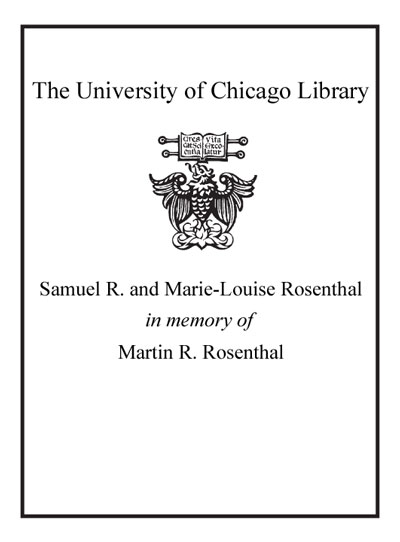| Summary: | In the early modern world, the Safavid, Ottoman, and Mughal empires sprawled across a vast swath of the earth, from the Himalayas to the Mediterranean. These three polities each encompassed a wide range of cultural and religious diversity, and interactions among the varied communities both within and across the empires contributed greatly to their flourishing. Yet present-day Anglophone scholarship and teaching with emphasis on the earlier periods of Islamic civilization tends to examine the empires in isolation and overlook their connected histories. This volume is a comprehensive sourcebook of newly translated texts from the Safavid, Ottoman, and Mughal empires of the fifteenth through eighteenth centuries, accompanied by scholarly essays, that aims to provide a new model for the study and teaching of the early modern history of the Near East and India. In thematically organized sections, it presents texts that represent particular voices and experiences from each of the three empires. With a wide range of source material spanning literature, philosophy, religion, politics, and visual art, the volume sheds light on the many dimensions of the intertwined histories of these interconnected literate communities engaged in the religious, political, and cultural debates of their time. Texts investigate such varied topics as conversion in Safavid Iran; the politics of Ottoman imperial conquests; mystical piety at the Mughal court of India; occult sciences such as letter divination and astrology; and struggles for succession to the imperial throne. The readings include translator's notes, and each translation is preceded by a short essay providing the historiographical context for the source.
|
|---|

